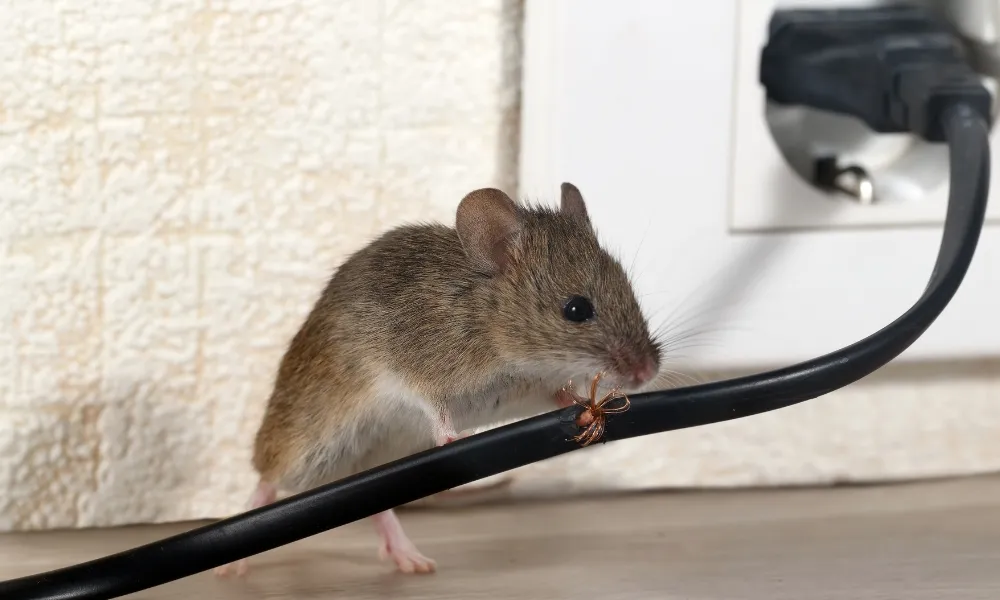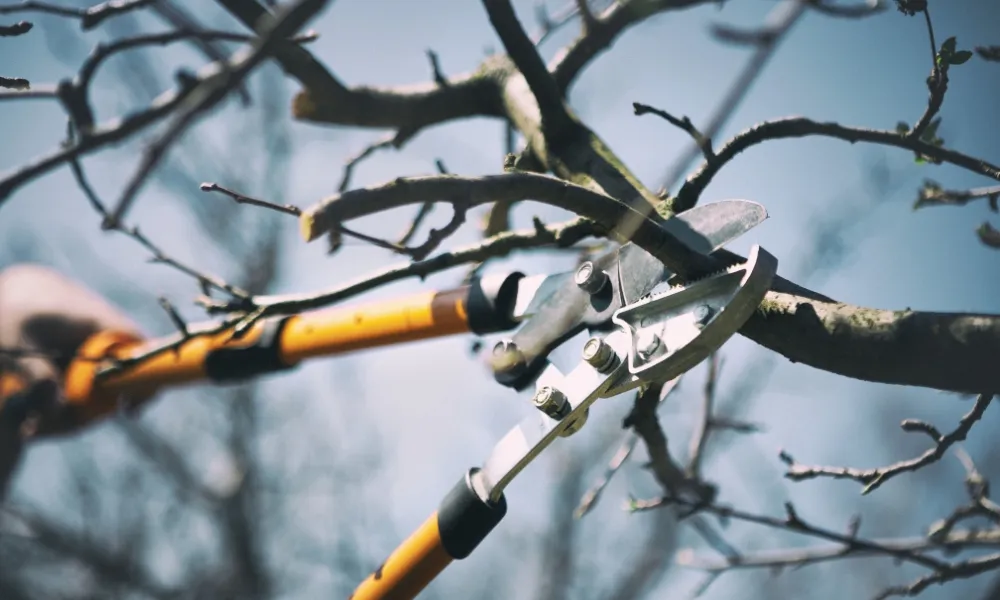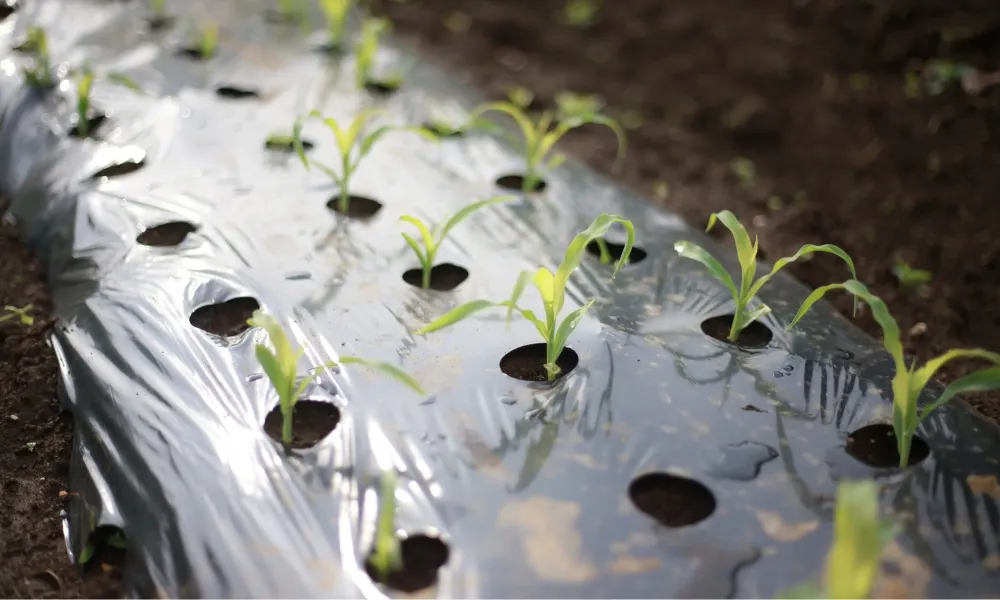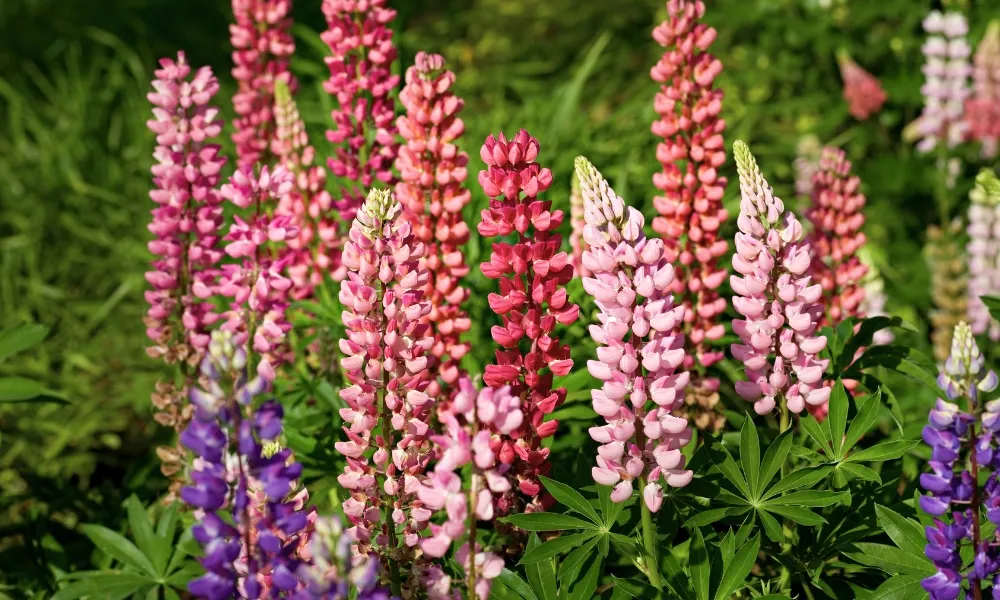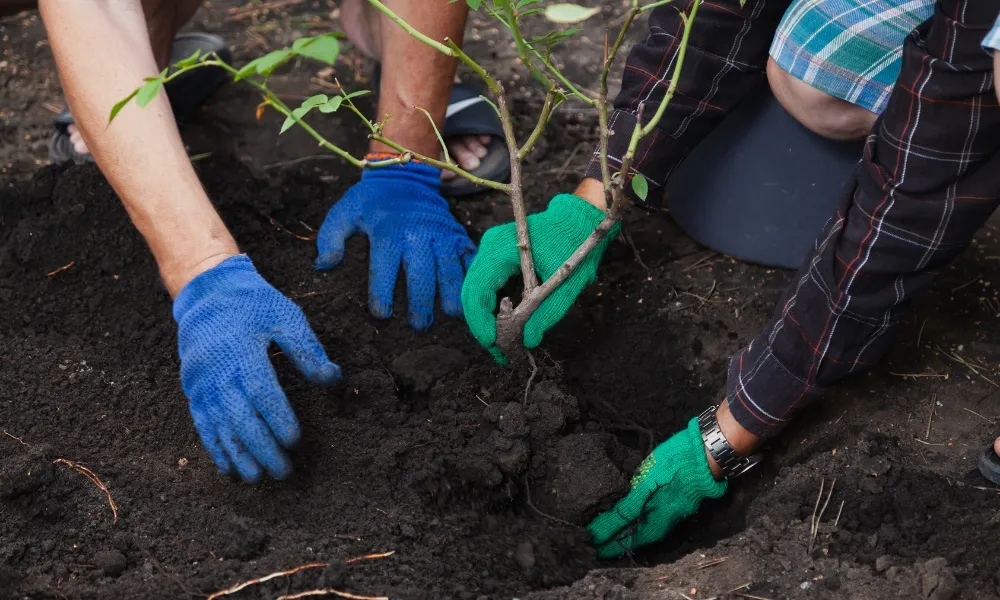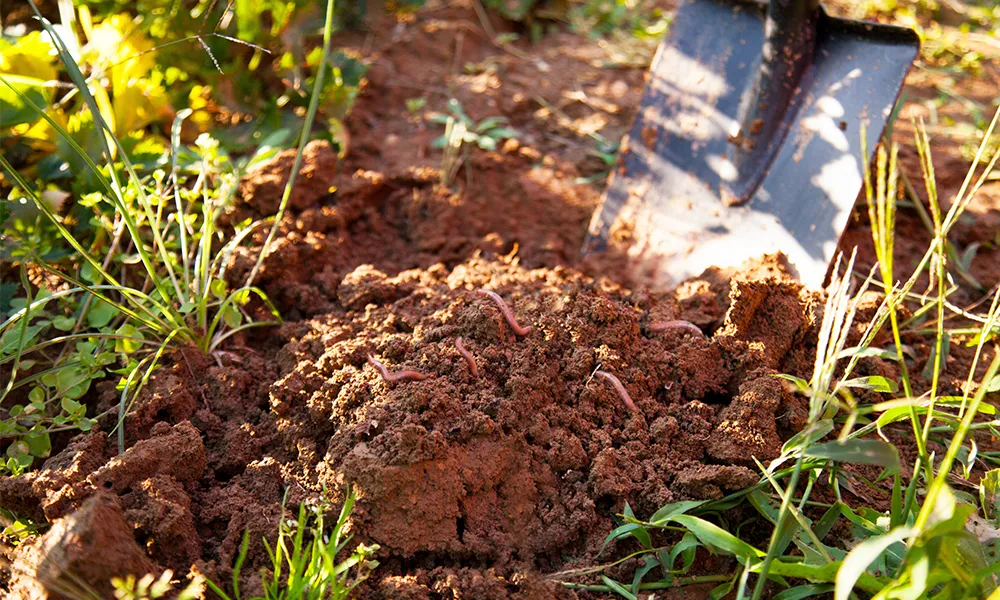
As gardeners we all know that our native worms are crucial for the soil.
Worms has a critical role in the breakdown of plant matter which they then turn into nutrient rich castings, their movement through the earth creates tunnels aerating the soil which helps water retention and prevents soil compaction, they also act as a natural soil health indicator (if you've no worms something isn't right with your soil!). So anybody that works with the soil will tell you that these worms are our best friends.
Unfortunately by importing plants without adequate controls we have unwittingly introduced a serious predator to them, The New Zealand Flatworm. They were first recorded on the island of Ireland in the 1960's in Belfast. They probably came over with a shipment of soil/plants or timber in egg form. Since being imported they have reproduced rapidly. As they are hermaphroditic they can reproduce on their own meaning it's harder for us to break the cycle.
Identification
As their name suggests they are flatter than our worms in appearance. Usually a grey or brown colour with a pale speckled edging. They can grow anywhere between 5-20cm in length so should be easy to spot in comparison to our usual creepy crawlies. They can be found in similar places to our own worms, so underneath pots and rocks, often they will coil up when sleeping or hiding.
Diet and Reproduction
A solitary Flatworm will eat about one to two Earthworms per week and produce shiny black egg capsules containing 5-10 young during the spring. Although they mainly lay during the spring, weather permitting they will lay all year round. One or two Earthworms a week doesn't sound like much but when you have an influx of them it quickly adds up and will decimate your Earthworm populace.
What To Do If You Find One
Report it!
You can report it here at - biodiversityireland.ie
It's important that we keep record of sightings as it helps us decide when to put nationwide plans in place which is hugely beneficial to our farming community.
If you have found it in a recently purchased plant let the place you bought it from know so that they can check their stock.
Kill it.
I know it can seem cruel but there are ways to do it quickly. Place it in hot water, or put it in a box and freeze it. Try to avoid touching or handling it with bare hands in any way as its slime can cause a reaction in some people.
Check the rest of your garden
Look under objects for them or their eggs (round, black and shiny) If you have a lot of potted plants lift them gently out of the pots and check underneath. If you do come across their eggs in your plants it's best to dispose of them and their soil in a hazard waste area. Ask your local Council for options. Whatever you do, don't put the waste soil back into your garden.
So keep an eye out for these invasive pests and if you are unfortunate enough to find one remember to report it!



